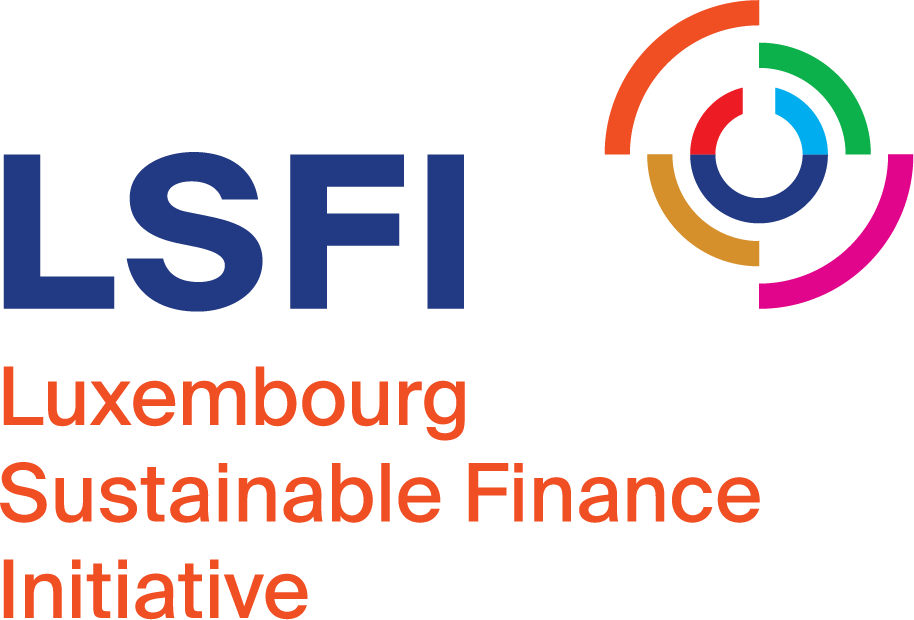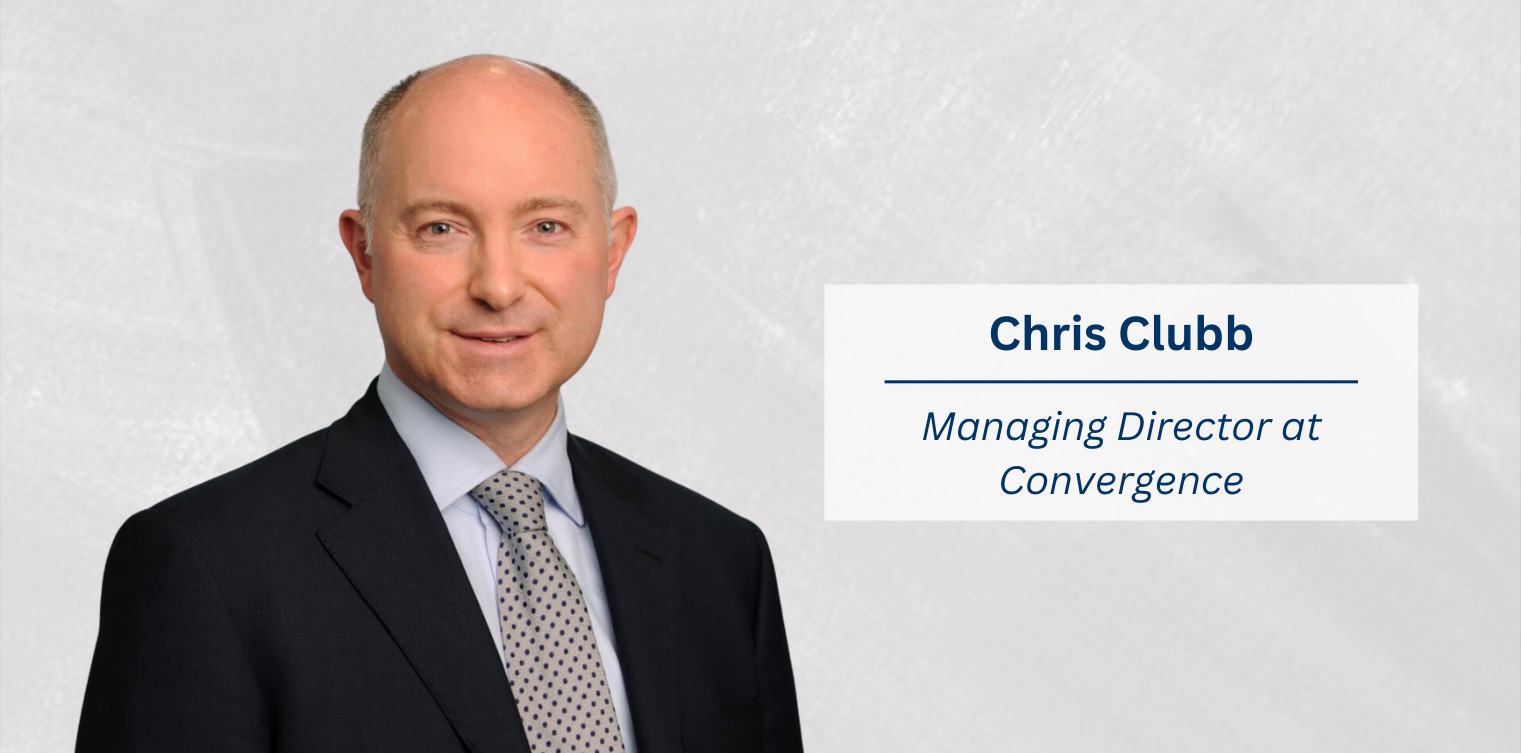Within the sustainable finance ecosystem, blended finance has been and is fundamental in the transition towards sustainability. It consists of using catalytic capital from public or philanthropic sources to increase private sector investment in developing countries to realise the Sustainable Development Goals (SDGs).
However, to achieve these SDGs, more and more capital is needed. According to Convergence’s 2022 annual blended finance report, the gap between official development flows and the funding necessary to achieve the SDGs is at $2.5 trillion and is constantly growing.
This month, we have discussed with Chris Clubb, Managing Director at Convergence. He explained what Convergence’s mission is, why blended finance is relevant, and what we can do to scale up blended finance investments.
(Luxembourg Sustainable Finance Initiative) What’s Convergence’s mission, and why create a network dedicated to blended finance?
(Chris Clubb) Convergence, the global network for blended finance, was established in 2015 – the same year the United Nations members launched the SDGs and Paris Agreement, with the goal of increasing the total amount of investment in Emerging Markets and Developing Economies (EMDEs) in order to achieve the Sustainable Development Goals and the Paris Agreement.
As we know, blended finance refers to the use of catalytic capital from public or philanthropic sources to increase private sector investment in sustainable development. It mobilizes private investment to good quality projects and borrowers located in countries with medium-high country risk and currency risk. Therefore, a blended finance transaction combines funding from organizations pursuing development impact and climate impact and private sector investment to achieve investors’ investment objectives, e.g., fiduciary and regulatory compliant investment, with market-equivalent risk-adjusted returns, with strong “purpose” investment objectives like impact investment and climate/net-zero investment.
The most significant underlying investment challenges in EMDEs are medium-high country risk (e.g., 76% of EMDEs are rated “B” or lower) and medium-high currency risk (e.g., medium deprecation risk). These investment difficulties are addressed by blended finance solutions which also produce investment opportunities that fit within investors’ fiduciary and regulatory risk limits and have market-equivalent risk-adjusted returns.
Convergence, the leading global expert organization on blended finance, co-develops with partners the blended finance market/ecosystem and supports the successful fundraising of blended finance transactions. We generate blended finance data, intelligence, and deal flow to increase private-sector investment in EMDEs; we also create a network of public, private, and philanthropic members working in blended finance addressing important challenges in the field of investment in EMDEs. For this reason, Convergence provides a platform for collaboration, knowledge sharing, and coordination among diverse stakeholders, fosters innovation, mobilizes capital, mitigates risks, advocates for supportive policies, and monitors the impact of blended finance initiatives.
(LSFI) What makes blended finance so distinctive, and what are its main characteristics?
(CC) Blended finance is a structuring approach that allows organizations with different objectives to invest alongside each other while each achieving their own objectives (e.g., financial returns and/or development impact and/or climate impact). Because all blended finance transactions have one or more organizations allocating their funding to achieve development impact and/or climate impact, all investment assets created by blended finance have strong alignment with investment theses like impact investment, ESG investment, climate investment and green finance.
The main focus of blended finance is, in fact, to catalyze private investment into EMDEs to achieve the SDGs and Paris Agreement.
We could say that the three key signature markings of a good-practice blended finance transaction are the following:
- Returns – Transaction is designed to ensure that private investors are expected to achieve a market-equivalent risk-adjusted return.
- Impact – Underlying activity contributes to the SDGs and/or Paris Agreement in one or more EMDEs – not all parties need to have a development or climate impact as their primary intent.
- Leverage – Public and/or philanthropic funds catalyze/mobilize private sector investment which is “additional,” that is it would not have been mobilized without the blended finance intervention.
(LSFI) Why do we need blended finance, and how can the private finance sector play an active role in the space?
(CC) Blended finance is important because it directly addresses underlying medium-high country and currency risks in Emerging Markets and Developing Economies (EMDEs) that impede private investment. Moreover, blended finance mobilizes “additional” investment from the private sector to increase the overall pool of investment for projects with social and environmental benefits in EMDEs.
In this context, the private investment sector can play four critical roles: in the first place, fund managers can create blended finance funds/vehicles to aggregate monies from private, public and philanthropic sectors to be invested in EMDEs. Investors can invest in blended finance transactions to jointly achieve their financial and “purpose” investment objectives; they can also invest directly in transactions in EMDEs and, on top of that, they can participate in the blended finance market/ecosystem.
(LSFI) What are the main challenges blended finance faces and how can we solve these?
(CC) The primary goal of blended finance is to create investment assets for EMDEs that fit within investors’ fiduciary and regulatory risk limits and represent market-equivalent risk-adjusted returns.
In general, the risk profile for investing debt or equity in most EMDES is too high – the public and philanthropic sectors must allocate funds strategically to de-risk investment to acceptable levels. To date, only 2% of Multilateral Development Bank (MDB) and Development Finance Institutions (DFI) financing commitments de-risk underlying investment risk to mobilize private investment. And less than 2% of public and philanthropic concessional funds de-risk to mobilize private investment.
To mobilize private investment at scale requires an Action Plan where a healthy amount of public and philanthropic funding commitments de-risk underlying risk.
(LSFI) A considerable annual funding gap ($2.5 trillion) exists to reach the SDGs. What can we do to scale up blended finance investments? Are there particular sectors where blended finance could help unlock capital?
(CC) Convergence, 200+ private investors and blended finance experts agree on the fact that an Action Plan for Climate and SDG Investment Mobilization is required to scale up blended finance investment and address the funding gap. The Action Plan identifies how to create $280+ billion of good-quality private investment opportunities, per annum.
An Action Plan was researched and published in 2022: launched for Climate and SDG Investment Mobilization late last year, we identified 5 pillars to do so:
- Increase the supply of catalytic funding.
- Make MDBs & DFIs catalysts of mobilization.
- Maximize investable pipeline and impact through more integrated development finance and climate finance systems.
- Provide investors access to the best investment data and mobilization resources through an investment mobilization hub.
- Empower local capital markets and financial intermediaries in EMDEs.
Some recommendations could be: for donors, to make private-sector mobilization an essential pillar of their strategy.
MDBs and DFIs must put in place strategies to engage with investors on a radically different scale.
When it comes to local country governments, they should try to create an enabling environment for blended finance by leveraging public funding strategically, using local MDBs and DFIs for deal origination, and structuring blended finance products appropriately for local investors. On the other hand, practitioners should develop proven and replicable blended finance structures and they should prioritize innovative models insofar as they are replicable and familiar to investors.
To conclude, all practitioners, but particularly donors, should publicly disclose blended finance data.
For what concerns the private sector, private investment can most effectively flow to two types of projects: projects implemented by the public sector and projects implemented by the private sector. In particular, for private sector projects, investments must flow to projects and companies with robust revenues, such as renewable energy, infrastructure, financial services and agriculture.





